|
Bow Posture, dhanurasana, is one of the few postures of premodern Hathayoga that is not a seated, cross-legged, meditative position. Its first known instruction is from the 15th century in the Hathapradipika, and it is also included in the 17th century Hatharatnavali and the 18th century Gheranda Samhita. Interestingly, these premodern versions of Bow Posture may be different from the modern understanding. The modern version of Bow Posture, which has been prominent for the past 100 years or so, is done lying on the belly, holding the feet or ankles, and bending the body backward. Prior to that, the posture seems to have been done sitting and pulling the feet toward the ears. Bow Posture's earliest known instruction is in the 15th century Hathapradipika: "Bring the toes as far as the ears with both hands as if drawing a bow. This is Dhanurasana" (HP 1.25). (1) The Hatharatnavali from the 17th century repeats the Sanskrit instructions word for word. Here is a different English translation: "The big toes are held with the hands and are pulled up to the ears (alternately). Thus, one assumes the shape of a stretched bow. This is dhanurasana" (HR 3.51). (2) This posture is done sitting and pulling one foot to the ear as the other leg stays straight, making the body look like a drawn bow. There are two ways that the instruction has been interpreted, depending on whether the hand grabs the foot on the same side of the body or opposite. So this posture has been interpreted as pictured at the top, with the hand pulling the same side foot toward the ear; or with the leg crossing the body as pictured directly above. The instruction is not specific, making it likely that crossing the body is not intended. Nowadays, these positions are still taught sometimes. They are often called akarna dhanurasana, which means Bow to the Ear Posture; or akarshana dhanurasana, which means Bow Pulling Posture.
Bow Posture is also in another well-known premodern text, the Gheranda Samhita, from the 18th century. The instruction has changed a little from the Hathapradipika and Hatharatnavali: "Stretch the legs out on the ground like a stick, extend the arms, hold both feet from behind with the hands, and make the body curved like a bow. That is called Dhanurasana" (GS 2.18). (3) The interesting new instruction here is that the feet are held "from behind". Some interpret this as bending the legs backward and holding the feet, as one does in the modern backbend. But it is entirely possible that this is the same posture as instructed earlier, and the cue to hold the feet from behind is not particularly ground-breaking. The first words in this instruction, to "stretch the legs out on the ground like a stick", are identical to the instructions for Stretching Posture, paschimottanasana. This is perhaps a clue that the Bow Posture in the Gheranda Samhita is intended to be done sitting down with the legs stretched forward.
It seems most likely that the premodern Bow Posture was intended to be seated, pulling the toes toward the ears. The questions arise: When and why did it shift to the modern understanding of a prone backbend? As we will explore next, it seems to be established as the 'modern' Bow Posture by the 1920s.
(1) Akers, Brian Dana, trans., 2002 Hatha Yoga Pradipika NY: YogaVidya.com (2) Gharote, M.L., Devnath and Jha, editors, 2014 Hatharatnavali Lonavla Yoga Institute: Pune [2002] (3) Mallinson, James, trans., 2004 Gheranda Samhita NY: YogaVidya.com
1 Comment
Denise Krell
1/25/2023 11:01:27 am
Thank you for your research on this topic.
Reply
Leave a Reply. |
AUTHORSScott & Ida are Yoga Acharyas (Masters of Yoga). They are scholars as well as practitioners of yogic postures, breath control and meditation. They are the head teachers of Ghosh Yoga.
POPULAR- The 113 Postures of Ghosh Yoga
- Make the Hamstrings Strong, Not Long - Understanding Chair Posture - Lock the Knee History - It Doesn't Matter If Your Head Is On Your Knee - Bow Pose (Dhanurasana) - 5 Reasons To Backbend - Origins of Standing Bow - The Traditional Yoga In Bikram's Class - What About the Women?! - Through Bishnu's Eyes - Why Teaching Is Not a Personal Practice Categories
All
Archives
May 2024
|
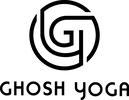
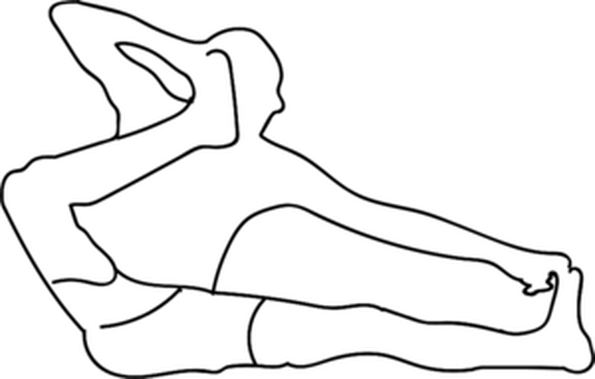
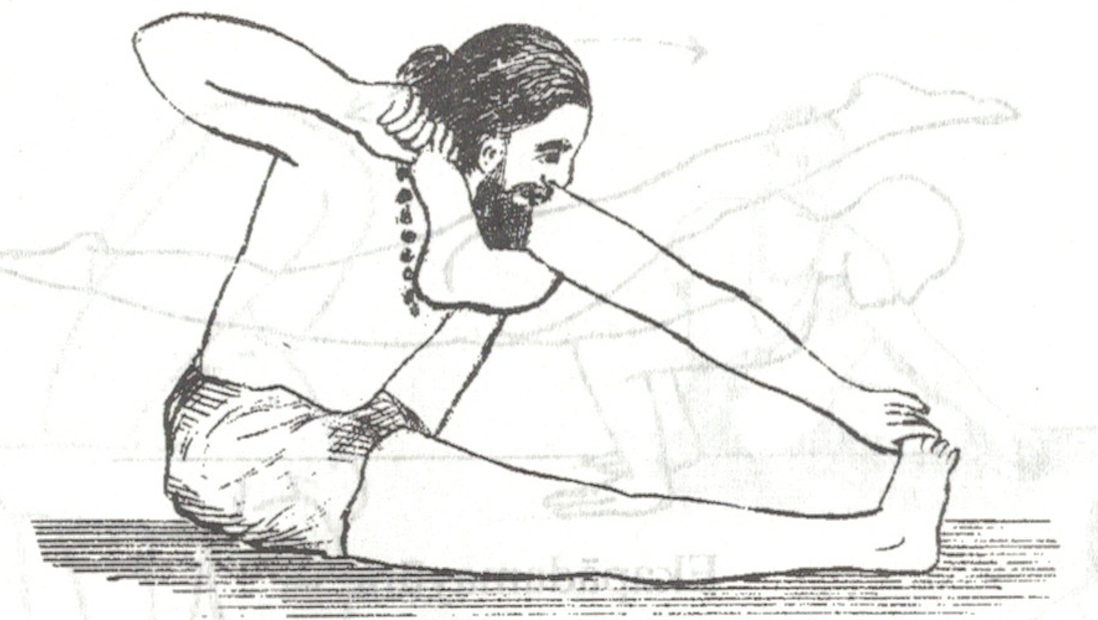
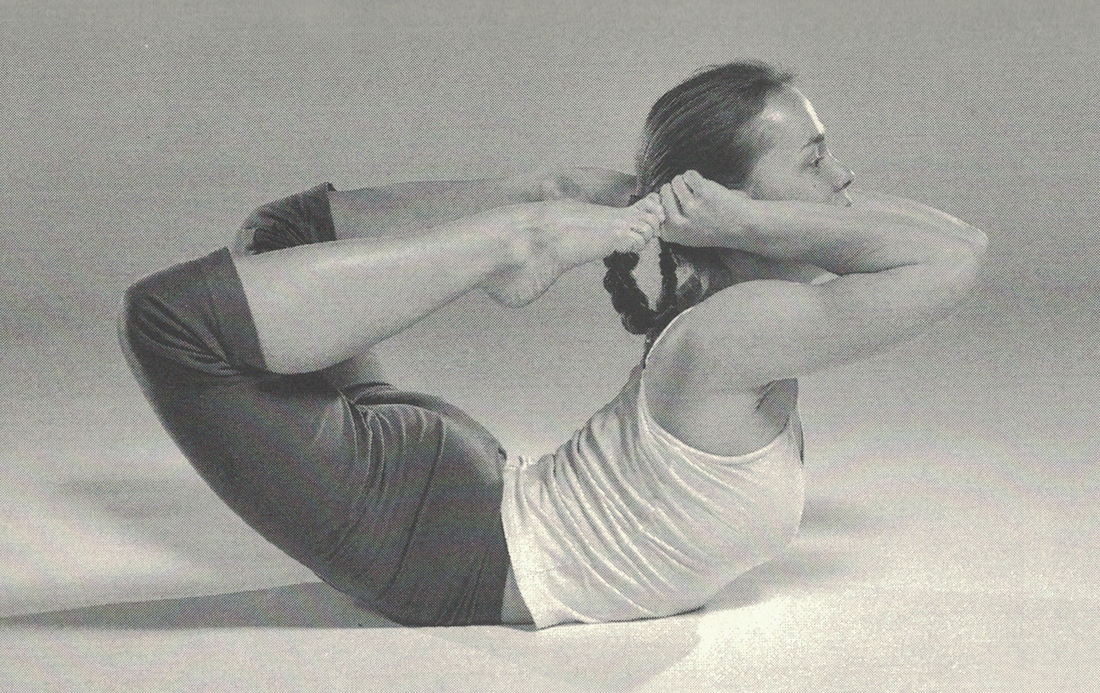
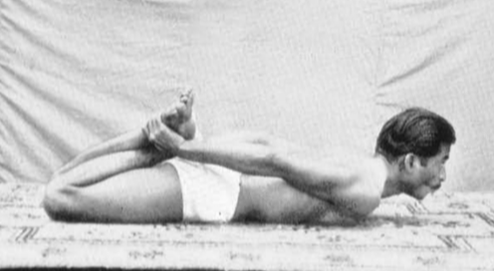
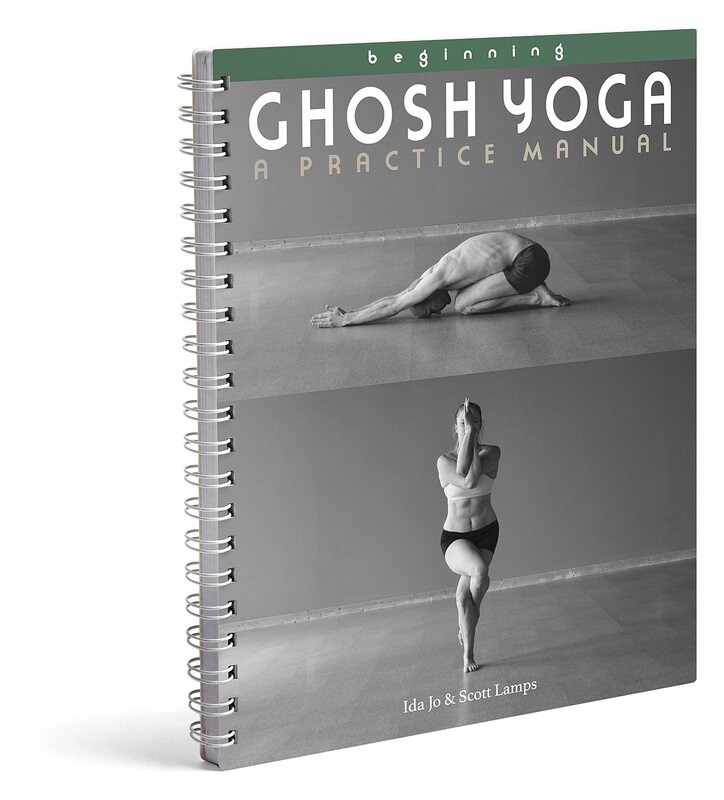
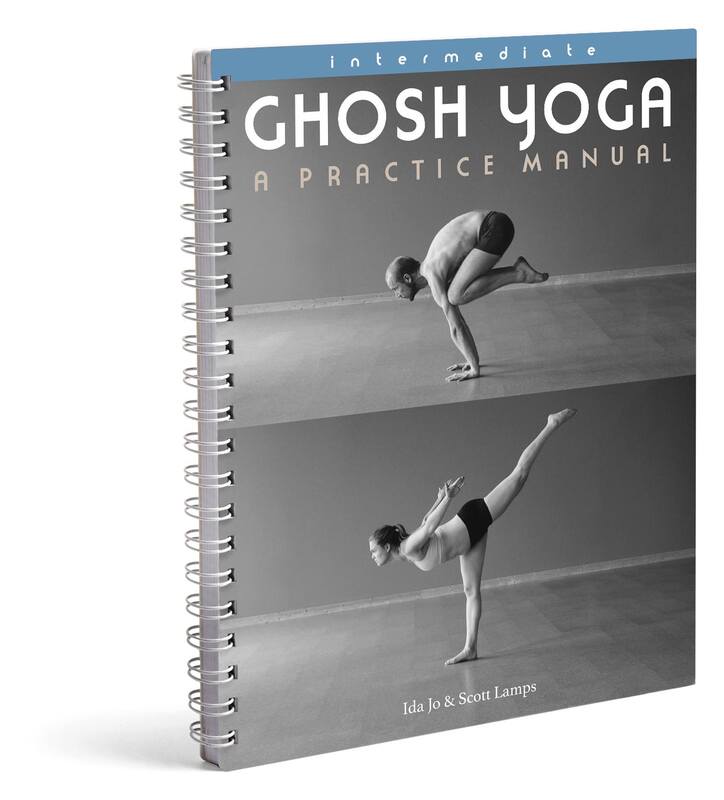
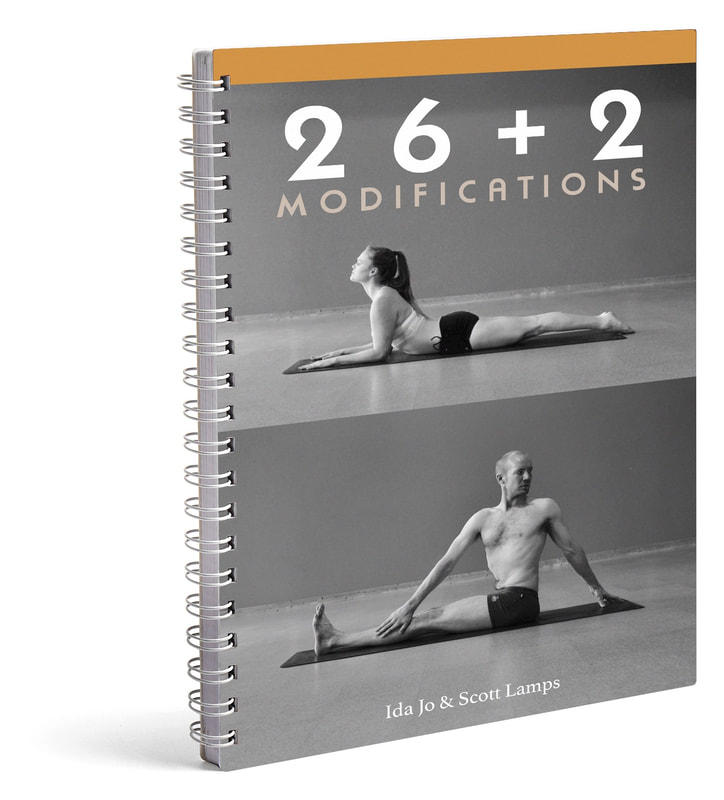
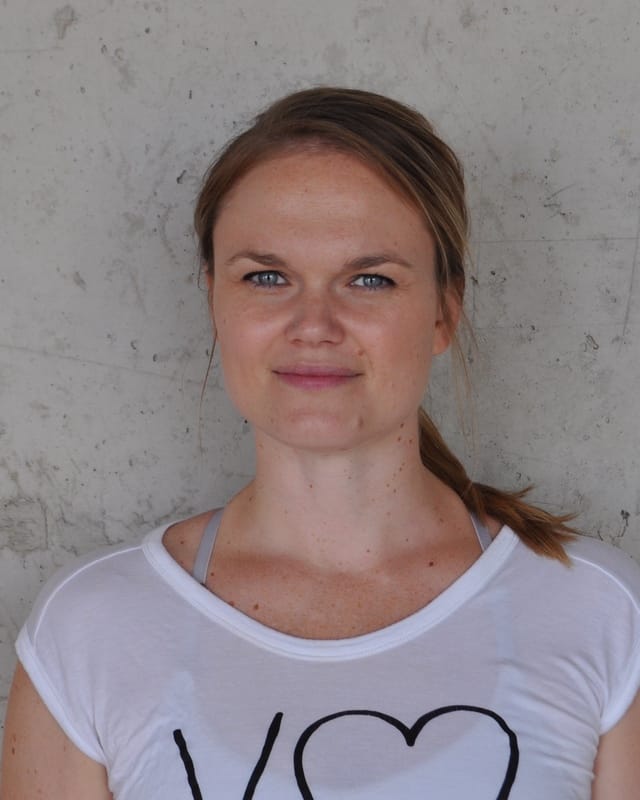
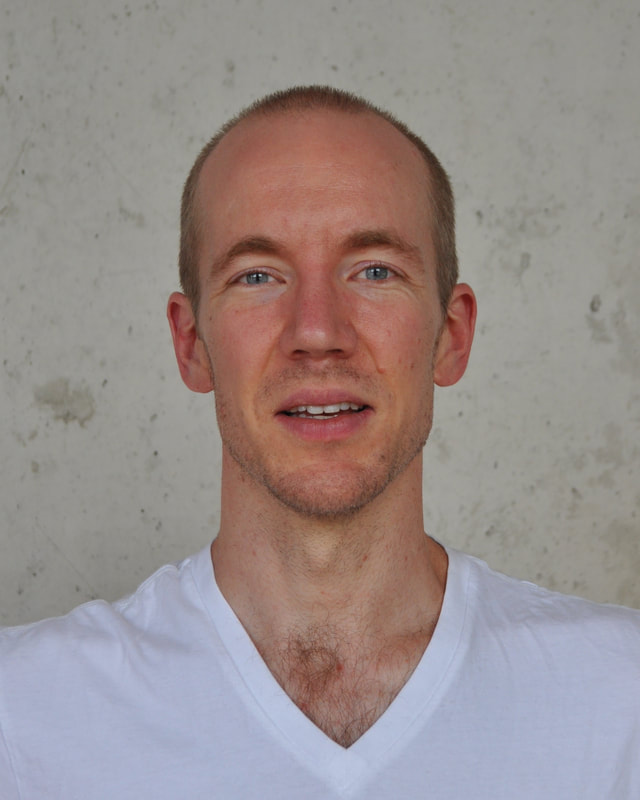
 RSS Feed
RSS Feed